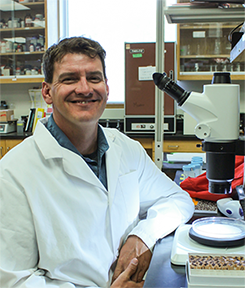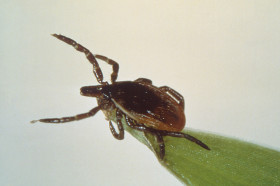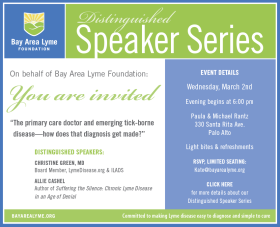FOR IMMEDIATE RELEASE
Media Contact:
Tara DiMilia, 908-947-0500, tara.dimilia@TMstrat.com
Bay Area Lyme Foundation Increases Annual ‘Emerging Leader Award’ Grants to $350,000 for Lyme Disease Research
2017 additional award invites applications from Associate Professors through Full Professors
Silicon Valley, California, October 3, 2016 – Bay Area Lyme Foundation, supporter of research aimed at making Lyme disease easy to diagnose and simple to cure, announced today that it is beginning to accept applications for a new $250,000 grant award that has been added to its existing “Emerging Leader Award” portfolio of yearly funding. Made available to researchers through the generosity of the Steven and Alexandra Cohen Foundation and the Laurel Foundation, the portfolio also includes the $100,000 “Emerging Leader Award” which has previously been granted to researchers from Harvard, Stanford, UCSF, NC State and Louisiana State University.
 Wednesday evening September 14th, Jordan Fisher Smith, Lyme patient, former National Park Service (NPS) ranger and US Forest Service firefighter, narrator of the Lyme documentary
Wednesday evening September 14th, Jordan Fisher Smith, Lyme patient, former National Park Service (NPS) ranger and US Forest Service firefighter, narrator of the Lyme documentary  Just six months ago, Bay Area Lyme launched a
Just six months ago, Bay Area Lyme launched a 
 On March 2nd, Bay Area Lyme again hosted another of its
On March 2nd, Bay Area Lyme again hosted another of its